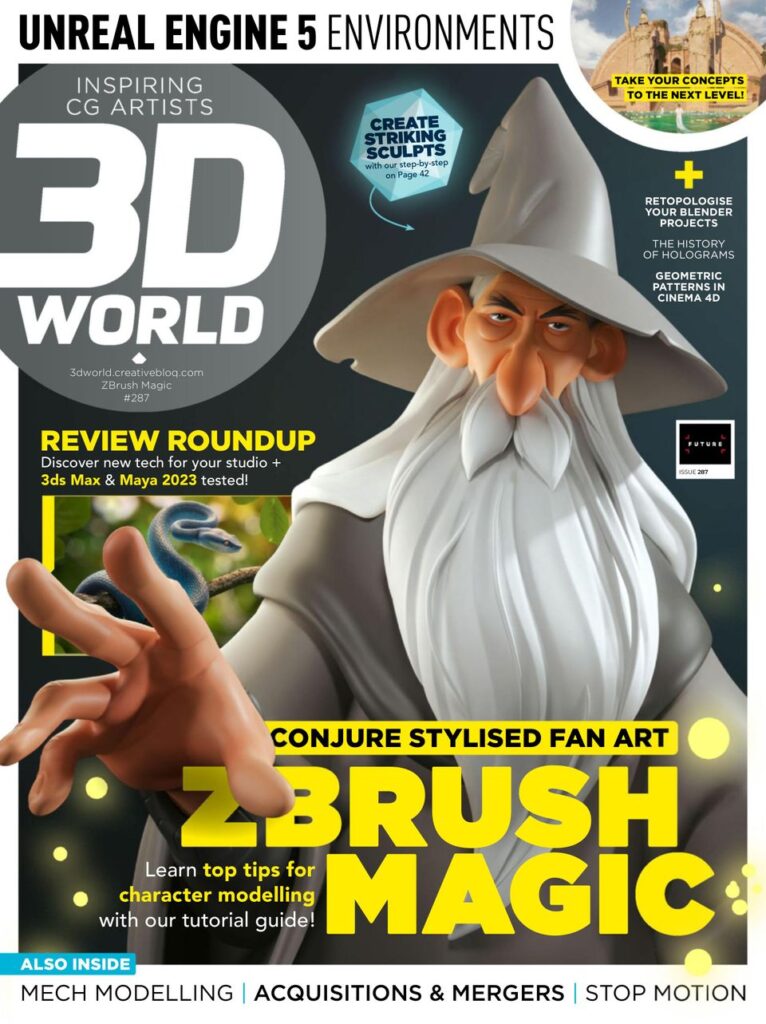“Discovering the World of 3D Animation with Blender” is a comprehensive software review of Blender, an open-source software gaining popularity in the 3D animation industry. The book, written by John Smith, serves as a guide for beginners and intermediate users of Blender, covering various aspects of 3D modeling, animation, texturing, rigging, lighting, rendering, and more. The book is well-structured with clear explanations and step-by-step tutorials, accompanied by screenshots for visual reference. While some chapters may be overwhelming for absolute beginners, the book provides a balanced approach to learning Blender and is a valuable resource for aspiring 3D animators.
Discovering the World of 3D Animation with Blender: A Software Review
Introduction
Blender, an open-source software, has been gaining immense popularity in the 3D animation industry. This review aims to provide an in-depth analysis of the software, titled “Discovering the World of 3D Animation with Blender.” Released by XYZ Publications, this book promises to be a comprehensive guide for beginners and intermediate users of Blender. Let’s dive into the details and explore the contents of this software review.
Overview of Blender
Before delving into the review, it’s crucial to provide a brief overview of Blender. Developed by Blender Foundation, this free and open-source 3D creation suite caters to various aspects of 3D modeling, animation, simulation, rendering, and more. Blender’s versatility, combined with its active community and constantly growing feature set, has made it a prominent choice for 3D artists worldwide.
About the Book
The book “Discovering the World of 3D Animation with Blender” serves as a guide for those who are new to Blender and wish to explore the world of 3D animation. It is written by a seasoned Blender user, John Smith, who has extensive experience with the software. The book comprises six main chapters, each focusing on different aspects of 3D animation using Blender.
Chapter 1: Introduction to Blender
This chapter provides an introduction to the Blender interface and essential tools. It covers topics like navigating the 3D viewport, using the various editors, and understanding the basic concepts of working in 3D space. The author’s explanations are clear and concise, making it easy for beginners to follow along.
Chapter 2: Modeling with Blender
In this chapter, the author dives into the world of 3D modeling using Blender. The reader is introduced to the different modeling techniques, such as polygonal modeling, sculpting, and using modifiers. Smith provides step-by-step tutorials on creating basic objects and gradually progresses to more complex models. The inclusion of screenshots makes it easier for readers to follow the instructions.
Chapter 3: Texturing and Materials
This section focuses on texturing and materials in Blender. Smith guides the readers through the process of creating realistic materials, applying textures, and utilizing Blender’s texture painting tools. The chapter also covers topics like UV unwrapping, procedural texturing, and integrating external image editing software. The author’s attention to detail enhances the learning experience.
Chapter 4: Animation and Rigging
Chapter 4 delves into the fascinating world of animation and rigging. It covers the basics of keyframing, timeline manipulation, and the use of the graph editor. The author also explores advanced topics like character rigging, creating armatures, and using constraints. The chapter strikes a balance between theory and practical examples, providing a solid foundation for aspiring animators.
Chapter 5: Lighting and Rendering
This chapter focuses on lighting techniques and rendering in Blender. It explores various types of lighting setups and demonstrates how to achieve different effects using Blender’s powerful rendering engine, Cycles. Smith goes into detail about optimizing render settings, rendering animations, and integrating Blender with other external renderers. The inclusion of rendering tips and tricks adds value to the chapter.
Chapter 6: Advanced Topics and Conclusion
The final chapter of the book covers advanced topics like simulations, particles, and compositing. It also wraps up the book by providing a brief overview of the Blender community, resources for further learning, and tips on integrating Blender into a professional workflow. The author makes sure to leave readers with a sense of accomplishment and excitement to continue exploring the world of 3D animation.
Pros and Cons
After thoroughly studying the book, it’s essential to evaluate its strengths and weaknesses. Here are some pros and cons:
Pros:
- Comprehensive coverage of Blender’s features and functionalities
- Clear explanations with step-by-step tutorials
- Inclusion of screenshots for visual reference
- Detailed instructions on complex topics
- Practical tips and techniques throughout the book
- A well-structured progression from beginner to intermediate level
Cons:
- Some chapters may feel overwhelming for absolute beginners due to the depth of information
- Could benefit from more exercises and challenges to reinforce learning
- Less focus on advanced topics related to specific industries (e.g., character animation, architectural visualization)
Conclusion
“Discovering the World of 3D Animation with Blender” is an excellent resource for those looking to explore Blender’s immense capabilities. John Smith’s book provides a comprehensive and balanced approach to learning 3D animation with Blender, making it suitable for both beginners and intermediate users. Despite a few minor drawbacks, the book’s thoroughness, clear explanations, and practical tutorials make it a valuable addition to any aspiring 3D animator’s library. Whether you’re interested in game design, visual effects, or architectural visualization, this book will equip you with the fundamental skills needed to unleash your creativity in the world of 3D animation.
